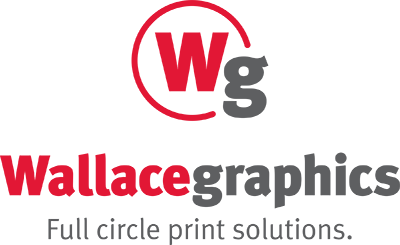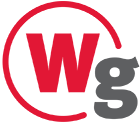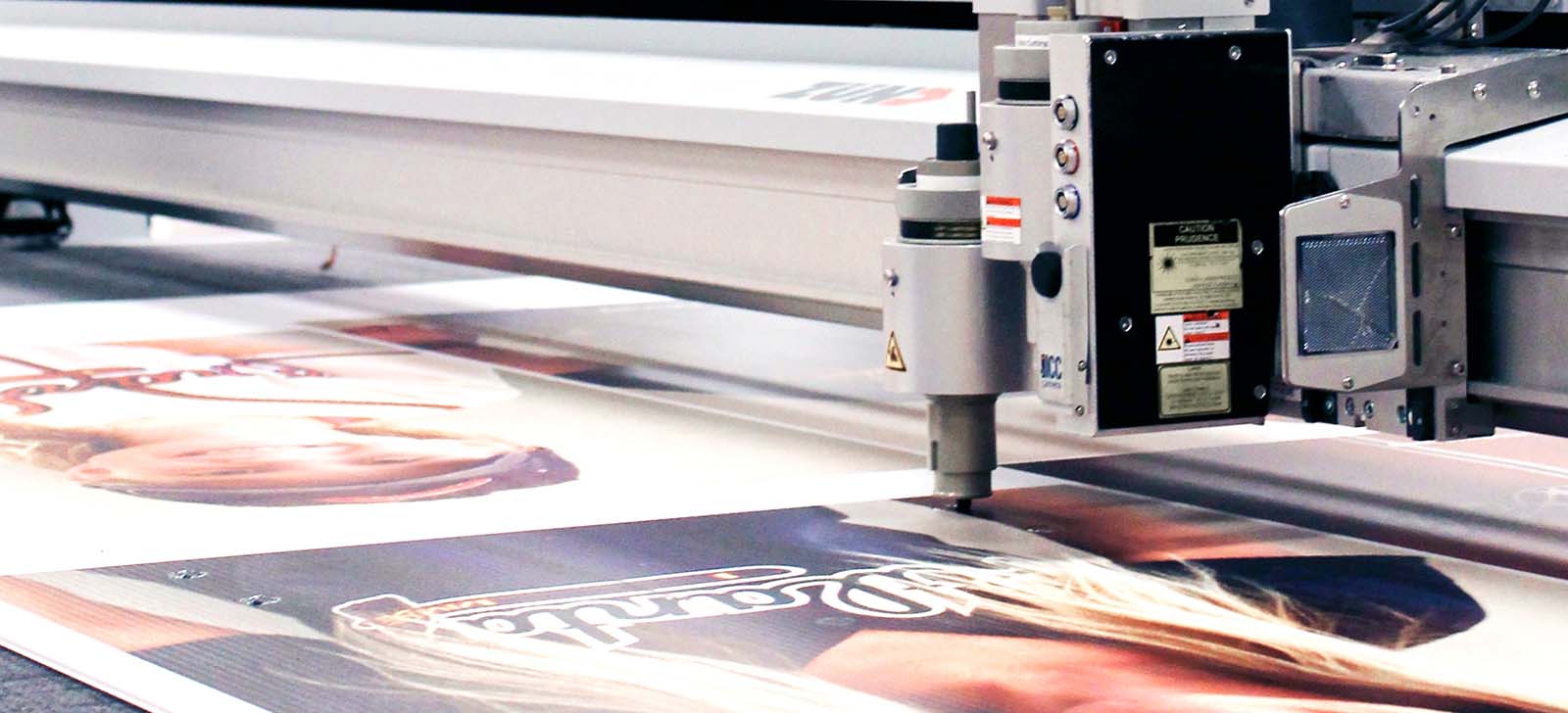Understanding the Difference Between Offset and Digital Printing
When it comes to custom marketing materials, choosing the right printing method can impact your project’s quality, cost, and turnaround time. Offset printing is best for high-volume projects, offering precise color consistency and superior image quality. Digital printing is ideal for short-run projects, allowing for quick turnaround times and customized, variable-data printing. Understanding these differences will help you choose the best option for your marketing materials.
What is Offset Printing?
Offset printing is a traditional technique that transfers ink from a metal plate to a rubber blanket, then onto paper. This multi-step process ensures crisp details, vibrant colors, and a polished finish. One of the biggest advantages of offset printing is its cost efficiency for large print runs. While the setup process requires time and an initial investment, the cost per unit decreases significantly as the quantity increases. Offset printing also offers a wide range of materials, coatings, and finishes, including embossing, spot UV, and metallic inks, making it a great choice for premium marketing materials.
Best Uses for Offset Printing
Offset printing is ideal for businesses that need large quantities of marketing materials with high-end finishes. Common applications include:
- Brochures and catalogs for mass distribution with consistent color and image quality
- Business cards with premium finishes like foil stamping and embossing
- Magazines and booklets that require professional-grade printing
- Product packaging and labels for a high-quality, branded look
What is Digital Printing?
Digital printing is a modern, fast, and flexible printing method that prints directly onto paper using toner or inkjet technology. Unlike offset printing, digital printing does not require plates, making it perfect for short runs and quick-turn projects. One of the biggest advantages of digital printing is variable data printing. This means each piece can be customized with unique names, addresses, or promotional offers, making it an excellent choice for personalized direct mail campaigns. Because digital printing does not require extensive setup, it is ideal for on-demand printing. Whether you need small batches of brochures, customized mailers, or last-minute event materials, digital printing offers speed and convenience.
Best Uses for Digital Printing
Digital printing is best for businesses that need fast turnaround times, customization, and small-batch printing. It works well for:
- Postcards and direct mail pieces with unique recipient details
- Flyers and small brochures for short-run promotional materials
- Presentation materials, including reports, booklets, and proposals
- Event invitations with custom designs and personalized content
Key Differences Between Offset and Digital Printing
Both offset and digital printing have their strengths, and the best choice depends on your budget, project size, and quality expectations.
Cost Efficiency:
Offset printing has higher setup costs, but the cost per unit decreases with larger orders, making it the most economical choice for bulk printing.
Digital printing has no setup costs and is ideal for small-batch printing, but the cost per unit remains higher than offset printing.
Print Quality and Color Accuracy:
Offset printing delivers high-resolution, sharp details, and consistent color accuracy. This makes it the best choice for projects that require precise branding colors.
Digital printing provides great quality but may have slight variations in color matching, especially across large runs.
Customization and Personalization:
Offset printing is ideal for static designs where all copies are identical.
Digital printing allows for customization, enabling businesses to create personalized marketing materials with unique text, images, or QR codes for each recipient.
Turnaround Time:
Offset printing requires longer setup times but is faster for large-scale production once the setup is complete.
Digital printing is much faster overall, with on-demand printing capabilities and no setup time.
Paper and Finishing Options:
Offset printing supports a wider variety of paper stocks, coatings, and special finishes, making it ideal for high-end marketing materials.
Digital printing is limited to certain paper types and finishes but still produces professional-quality prints.
Which Printing Method is Best for Your Custom Marketing Materials?
Choosing between offset and digital printing depends on the specific needs of your project.
- If you need high-volume printing, offset printing offers cost savings
- If you need small batches with fast turnaround, digital printing is the best choice
- If you want premium finishes, offset printing provides more customization options
- If you need personalized direct mail or marketing materials, digital printing is the way to go
Get High-Quality Printing Solutions with Wallace Graphics
No matter which printing method you choose, quality matters. At Wallace Graphics, we offer both offset and digital printing solutions to help businesses create high-quality custom marketing materials that leave a lasting impression.
Let’s bring your print project to life. Learn more or call 770-723-0202 to discuss your next printing project.





